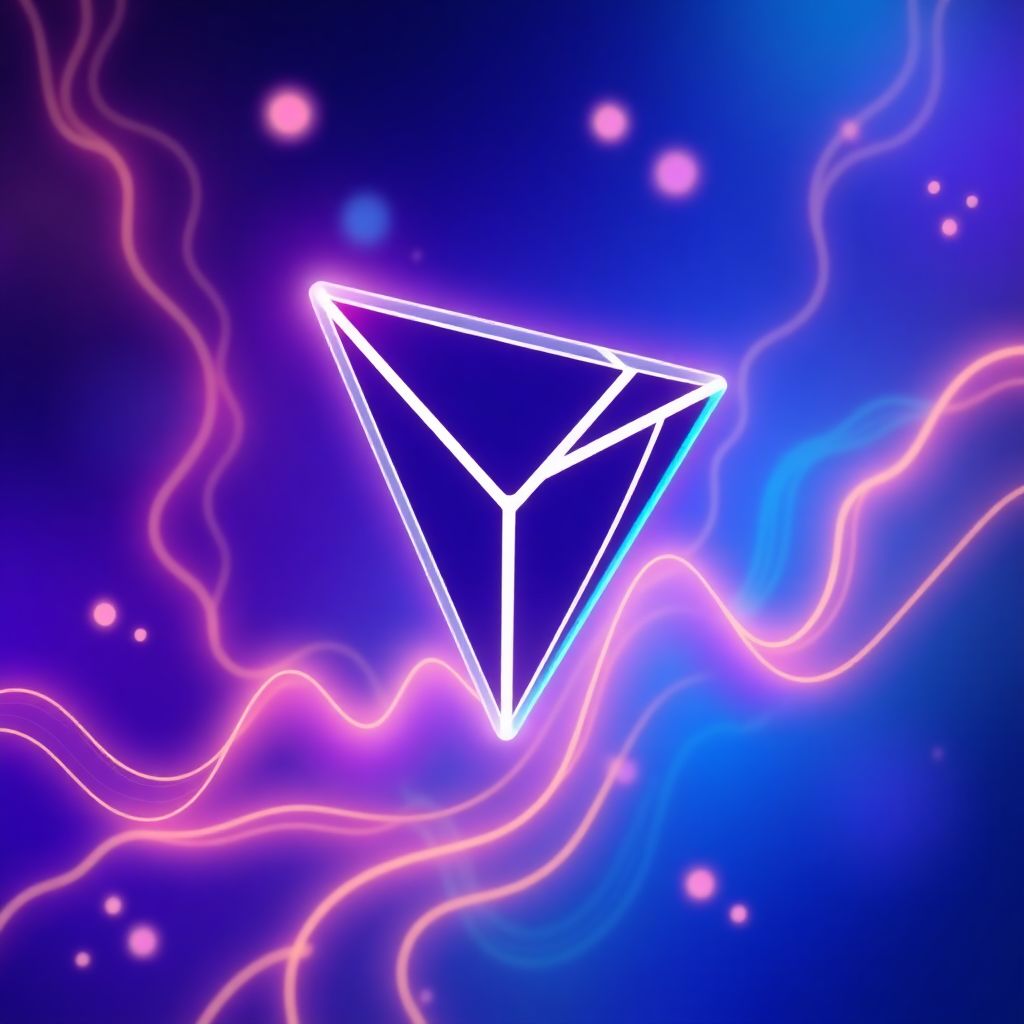Tron Surges as Retail Stablecoin Usage Drives Record-Breaking Wallet Activity
Tron has seen a remarkable surge in user engagement, with its network hitting unprecedented levels of activity this week. The number of daily active addresses on the Tron blockchain soared to a historic 5.7 million on Tuesday, surpassing the previous record of 5.4 million set just the day before. Simultaneously, the platform processed over 12.6 million transactions in a single day — the highest daily volume Tron has recorded since mid-June 2023.
This explosive growth is closely tied to the increasing adoption of stablecoins, particularly Tether (USDT), among retail users. Tron’s efficient, low-cost infrastructure coupled with its fast transaction speeds has made it a preferred network for stablecoin transfers, especially in regions where traditional banking access is limited or unreliable.
According to blockchain analytics firm Nansen, Tron experienced a staggering 69% increase in active addresses over the past week, reaching nearly 11.1 million unique wallets. This represents the largest week-over-week growth among all major blockchain networks, highlighting a sharp uptick in user participation.
Tron’s rise is particularly evident in its role as a facilitator for Tether transactions. Despite Ethereum remaining the primary blockchain hosting USDT with $83.4 billion worth in circulation, Tron is not far behind, handling approximately $78.7 billion — making it the second-largest USDT network. Tron supports between 15 to 20 million USDT transfers weekly, further cementing its position as a dominant player in the stablecoin transaction space.
The network’s popularity is especially pronounced in developing regions across Africa, Asia, and South America. In these areas, access to traditional banking services and the U.S. dollar is often restricted. Tron offers an accessible alternative, enabling users to move funds quickly and affordably using USDT, effectively bridging the gap for the unbanked and underbanked populations.
Tether’s milestone of reaching 500 million users globally underscores the growing reliance on stablecoins for financial inclusion. Paolo Ardoino, CEO of Tether, described this achievement as potentially the most significant advancement in financial accessibility in history. With 1.4 billion adults worldwide still unbanked, according to the World Bank, the role of blockchain-based financial tools like Tron and USDT continues to gain importance.
Even though Tron’s decentralized finance (DeFi) ecosystem doesn’t yet rival Ethereum’s in terms of size or complexity, its streamlined functionality and focus on payments have made it a powerhouse for peer-to-peer transfers. Tron’s infrastructure is optimized for throughput rather than speculation, providing a reliable platform for high-frequency transactions without the congestion or high fees seen on other chains.
Blockchain experts emphasize that Tron’s growth is not driven by hype or marketing campaigns but by real-world utility. As Nansen noted, this is “top-tier activity with zero fanfare” — a testament to the network’s capability to handle large-scale retail usage without drawing unnecessary attention.
The stability and scalability of Tron’s blockchain are key factors behind its success. Its delegated proof-of-stake (DPoS) consensus mechanism allows for faster block times and lower fees compared to networks like Ethereum, making it highly attractive for users in cost-sensitive markets.
While Ethereum continues to dominate in areas like DeFi and NFTs, Tron is carving out a strong niche in the realm of cross-border payments and stablecoin utility. The network’s focus on simplifying access to digital dollars via USDT appeals to users who are more interested in practical financial tools than speculative investing.
In addition, Tron’s growing developer community and expanding ecosystem could pave the way for broader use cases beyond simple transfers. With ongoing advancements and integrations, the platform may soon offer more complex financial services tailored to emerging markets.
Another important factor contributing to Tron’s success is its compatibility with mobile-first solutions. In regions where the majority of internet users access the web through smartphones, Tron-based wallets and applications offer a seamless experience that lowers the barrier to entry for new crypto users.
As competition among blockchains intensifies, Tron’s strategic focus on speed, cost-efficiency, and practical utility gives it a unique edge. While others chase innovation in DeFi, gaming, and AI integrations, Tron is quietly building the infrastructure for a more inclusive global financial system.
Looking ahead, if current trends continue, Tron may solidify its position as the go-to blockchain for stablecoin transactions, especially in retail-driven economies. Its ability to process millions of transactions daily without significant delays or cost increases is a crucial advantage in a crypto landscape that demands both scale and accessibility.
With the crypto market evolving rapidly, Tron’s sustained growth in active addresses and transaction volume signals that it may be shaping the future of everyday digital finance — quietly, efficiently, and at an unprecedented scale.

